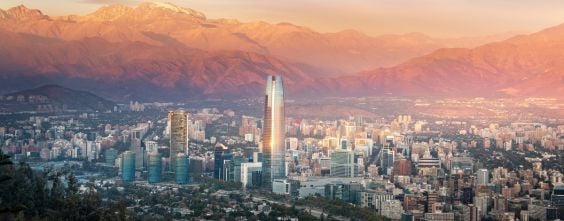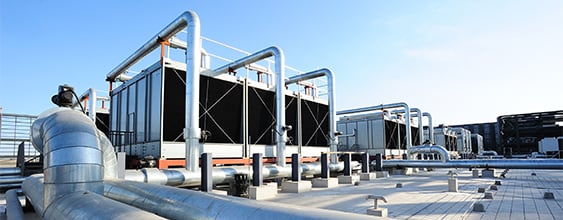Sweden and 21st Century Water Challenges
The effect on the city, industry and citizens

We have plenty of water in Sweden today - but we must be concerned about future supply.Quotes from the national surveyQuotes from the national survey

FOUR OUT OF TEN CITIZENS
do not know where the drinking water comes from.

TWO OUT OF THREE MUNICIPALITIES
have been affected by climate change or extreme weather events but only 26% have a climate adaptation plan.

TWO OUT OF FIVE CITIZENS
have been affected by water shortage in recent years.

FOUR OUT OF TEN MUNICIPALITIES
consider that a lack of capacity in the water systems means that the municipality cannot grow to the desired extent.

SEVERAL FACTORS MAKE THE MUNICIPALITY'S WORK MORE DIFFICULT
regarding future-proofing water and wastewater supply, including time (69%), skills (49%) and money (47%).

60% OF CITIZENS
over the last five years have changed their behavior to save water.
70% of citizens have no preparedness for an event where they could be without water for 24 hours.

BOTTLED WATER IS NEARLY 250 TIMES AS EXPENSIVE AS TAP WATER
per litre, and the transport of one litre of packaged water gives rise to more than a thousand times greater carbon dioxide emissions than the same amount of tap water.

12% OF CITIZENS
believe that the supply of drinking water will be better in 10 years.

34% OF CITIZENS
believe that the supply of drinking water will be worse in 10 years.

Send a message / Sweden and 21st Century Water Challenges

1 related files













